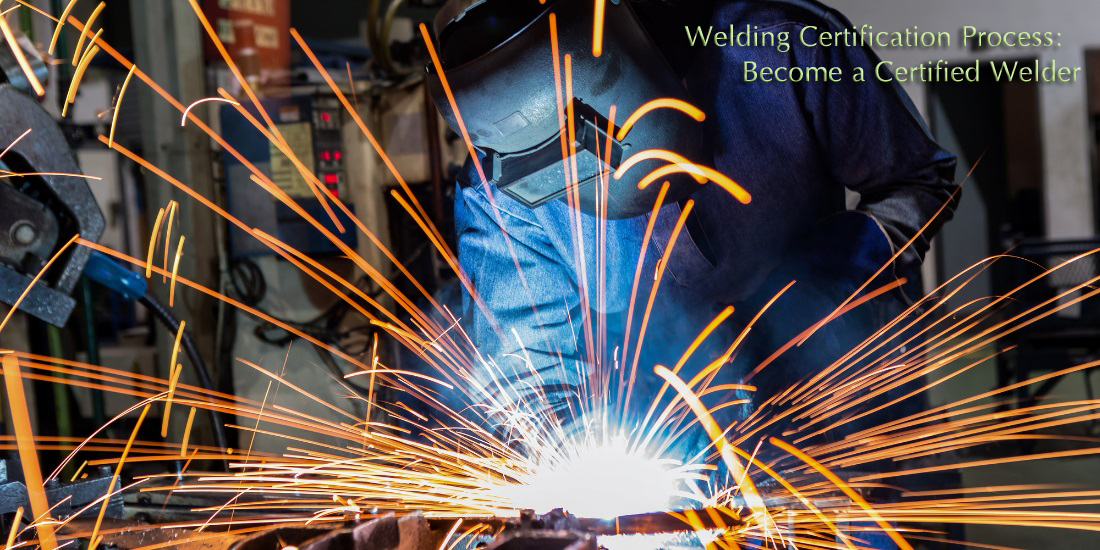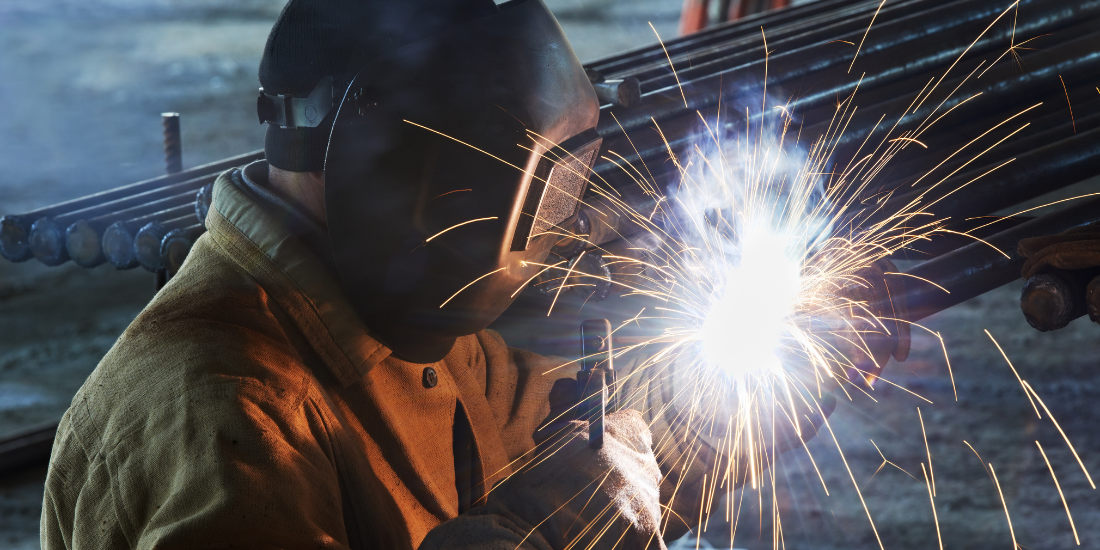Welding Certification Process in the United States
From pipelines to bridges, to skyscrapers and naval ships, welders are an essential piece of the puzzle when it comes to the creation of magnificent structures. They are the people who make sure that these designs are sturdy and safe to use, while also making them aesthetically pleasing. For this reason, learning how to become a certified welder in the U.S. can be incredibly lucrative. In fact, it is a significant trade with many opportunities for those interested in pursuing it as a career path.
The welding industry is one of the fastest-growing sectors in construction. It is a fantastic career choice for those with a knack for working with their hands, as well as those who want to be able to see the tangible results of their work. The welding trade offers a lot of potential for career growth and stability, and the opportunity to travel and work on different types of projects all over the world.
So, how does one gain a welding certification in the United States? The process is actually quite simple and straightforward.
Average Welder Salary
National average salary: $18.90 per hour
Welders often work in construction, manufacturing, and maintenance. Usually, they work full time and are paid to focus on repairing and building structures. However, hours may be long or irregular, which will vary depending on the welding project.
Welders’ salaries vary based on the type of welding they use, as well as the education they pursue. If a welder gets higher degrees or certifications, they may be able to command a larger salary. Welder salaries are also determined by the state in which they operate.
Follow the instructions below in order to become a certified welder in the United States:
-
Examine the many sorts of welding jobs
-
Invest in welding lessons
-
Achieve your welding certification
-
Gain practical application
-
Start your job hunt
1. Examine the World of Welding Careers
Before you invest time in welding lessons, it is important to consider what sorts of welding jobs are out there. Evaluate the various types of welding that exist and how they can benefit you as a welder. There are many welding careers that you can explore in order to find the perfect job for you.
Welders have the potential to work in a variety of industries, such as construction, automotive manufacturing, aerospace engineering, and more. They may also be self-employed contractors who work on a project basis. No matter what your welding career aspirations may be, it is crucial to have the necessary welding skills and knowledge in order to be successful.
2. Invest In Welding Lessons
Once you have determined that welding is the right career for you, it is time to invest in welding lessons. Many welding schools across the United States offer both certification and associate’s degree programs. The welding program will provide you with the necessary skills and knowledge to pursue a welding career.
A high school diploma or GED is generally required for welding jobs. If your high school has welding courses, take them to learn more about the many types of welding. As measuring dimensions frequently occurs in welding, it’s also a good idea to study geometry and other math topics that complement it.
3. Achieve Your Welding Certification
Before you dive into the world of full-time work, you must pass welding certification exams. The welding certification process will test your skills and knowledge in the welding trade. In addition, your welding certification will prove that you have the necessary skills and expertise to pursue welding as a career.
There are many welding certification organizations across the United States, such as AWS and NCCER. Each organization has different exams that you must pass in order to become certified. Once you have passed one or more welding certification exams, you will be able to pursue welding jobs with confidence.
You can go on to further study by enrolling in welding certificate courses or a community college. Welding certificate programs generally last six months to two years and may help you acquire an understanding of the fundamentals of welding job duties and obligations. Welders who would like to improve their skills and learn more about their specialty may pursue a Bachelor’s Degree in Welding.

4. Gain Practical Application
One of the best ways to become a certified welder is by gaining welding experience. This can be done through an apprenticeship program or on-the-job training. Many welding companies offer these types of programs, which allow you to work and learn simultaneously. Apprenticeships generally last four years, while on-the-job training usually occurs before the welding certification process.
If you complete your apprenticeship, you may either stay with the firm you served the internship with or apply this knowledge to a full-time welding position and look for other welding job opportunities.
5. Start Your Job Hunt
Now that you are a certified welder, it is time to start your welding job hunt. Welders are in high demand across the United States, making it a great time to join the industry. With the many schools and programs available, as well as the variety of welding careers, there are many opportunities for enthusiastic professionals.
The best way to find welding jobs is through networking. Attend welding trade shows and job fairs, and meet with welding professionals in your area. You can also search for welding job openings on websites like Indeed and LinkedIn.
By following these five steps, you can become certified in no time and embark on a successful welding career.


